The Rise of Virtual Allies: Unleashing the Power of Siri Alexa and Google Assistant in Revolutionizing Customer Service Healthcare and Information Retrieval

The Rise of Virtual Allies: Unleashing the Power of Siri, Alexa and Google Assistant in Revolutionizing Customer Service, Healthcare and Information Retrieval
Virtual Assistants and Chatbots: Explore the development and applications of virtual assistants like Siri, Alexa, and Google Assistant, and chatbots in customer service, healthcare, and information retrieval.
Introduction:
Step into a world where intelligent technology not only listens but responds, where our voice commands are met with unwavering attention, and where our queries are met with lightning-fast answers. Welcome to the realm of virtual assistants and chatbots! These marvels of artificial intelligence have revolutionized the way we interact with technology, transforming our devices into personal companions and our conversations into captivating dialogues. In this captivating journey, we will unravel the captivating development and applications of virtual assistants like Siri, Alexa, and Google Assistant, as well as the ever-evolving role of chatbots in realms such as customer service, healthcare, and information retrieval. Prepare to be amazed as we delve into the cutting-edge advancements that are reshaping our world, and discover the awe-inspiring possibilities that lie ahead. Get ready to unlock the secrets of this captivating world where human-like intelligence meets digital innovation!
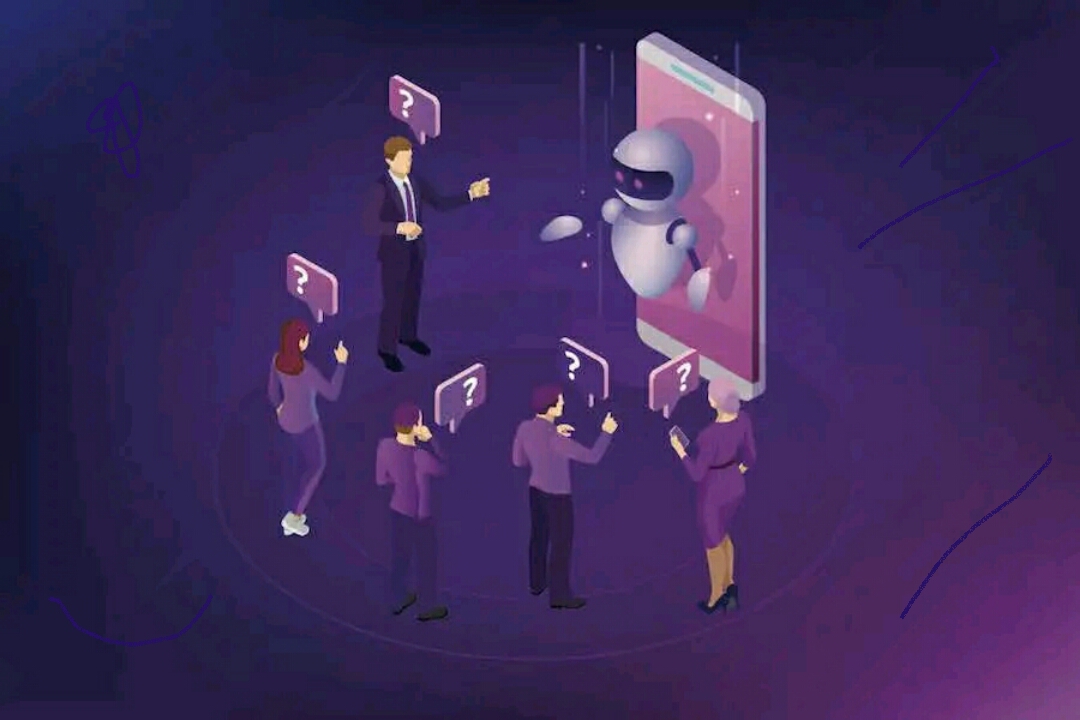
To understand this topic better, we shall discuss it in three Subtopics;
1. The Development of Virtual Assistance And Chatbots in Customer Service
2. The Development of Virtual Assistance And Chatbots in Health Care
3. The Development of Virtual Assistance And Chatbots in Information Retrieval
The Rise of Virtual Allies: Unleashing the Power of Siri, Alexa and Google Assistant in Revolutionizing Customer Service, Healthcare and Information Retrieval
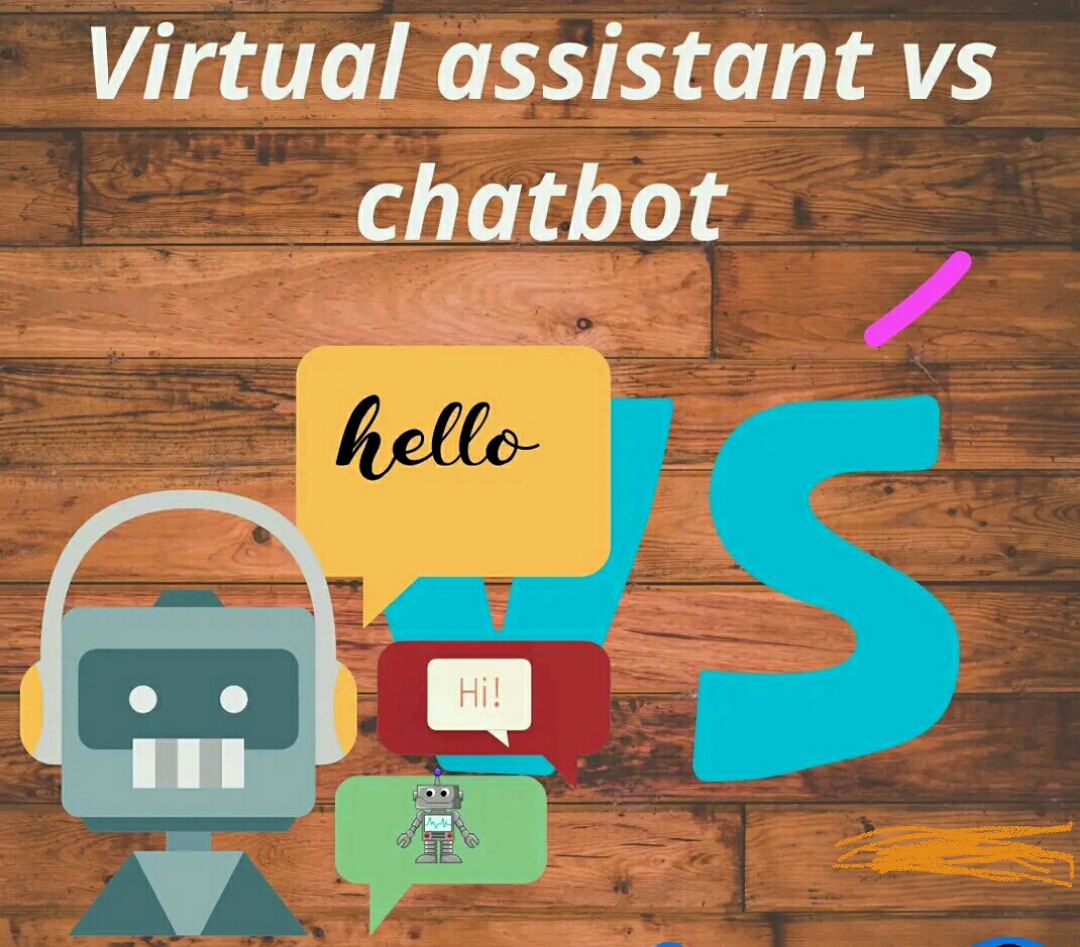
1. The Development of Virtual Assistance And Chatbots in Customer Service
The development of virtual assistants and chatbots has been driven by advancements in artificial intelligence (AI), natural language processing (NLP), and machine learning. These technologies enable these systems to understand human language, learn from data, and improve their responses over time. Virtual assistants like Siri, developed by Apple, Alexa by Amazon, and Google Assistant by Google, have emerged as leading players in the market, each with its own unique features and capabilities.
Siri, initially introduced on iPhones, allows users to perform tasks by voice command. It can set reminders, send messages, make calls, provide directions, and search the web. Alexa, the voice assistant behind Amazon Echo devices, offers a wide range of functions such as playing music, controlling smart home devices, ordering products, and providing information on various topics. Google Assistant, available on Android devices and Google Home speakers, provides similar features but also leverages Google’s vast knowledge graph to deliver more comprehensive and accurate responses.
These virtual assistants have found applications beyond smartphones and smart speakers. They are integrated into various devices, including cars, smart TVs, and wearable devices, creating a seamless and interconnected experience. Virtual assistants also serve as the interface for home automation systems, enabling users to control lights, thermostats, and other connected devices through voice commands.
Chatbots, on the other hand, are predominantly text-based conversational agents deployed on websites, messaging apps, and social media platforms. They offer automated customer support, helping businesses handle inquiries, provide information, and resolve common issues. Chatbots can be programmed to answer frequently asked questions, process orders, make recommendations, and even engage in more complex conversations using predefined scripts or AI-driven natural language understanding.

In customer service, chatbots have become increasingly popular due to their ability to provide instant responses, handle multiple inquiries simultaneously, and operate 24/7. They improve efficiency by automating repetitive tasks, freeing up human agents to focus on more complex or sensitive customer interactions. Chatbots can also collect and analyze customer data, allowing businesses to gain insights and personalize their services based on user preferences and behaviors.
The development and applications of virtual assistants and chatbots in customer service have resulted in several benefits. First and foremost, they enhance customer experiences by providing immediate assistance, reducing wait times, and offering personalized recommendations. Virtual assistants and chatbots are available around the clock, ensuring continuous support and improving customer satisfaction.
Moreover, virtual assistants and chatbots help businesses streamline their operations and reduce costs. By automating routine inquiries, companies can handle larger volumes of customer interactions without the need for additional human resources. Chatbots can also assist in lead generation, sales, and marketing efforts by engaging with customers, collecting information, and providing targeted recommendations.
Despite their many advantages, virtual assistants and chatbots still face challenges. Understanding complex or ambiguous queries, accurately interpreting user intent, and providing context-aware responses remain areas of improvement. Striking the right balance between automation and human intervention is crucial to ensure a seamless and satisfactory customer experience. Additionally, concerns regarding data privacy and security need to be addressed to build trust and protect sensitive user information.
In conclusion, virtual assistants like Siri, Alexa, and Google Assistant, along with chatbots, have transformed customer service by providing personalized assistance, improving response times, and automating routine tasks. These intelligent systems leverage AI and NLP technologies to understand human language and deliver relevant and timely information. As virtual assistants and chatbots continue to evolve, we can expect to see further advancements in their capabilities. For virtual assistants, advancements may include improved natural language understanding, enhanced contextual awareness, and better integration with various devices and platforms. This will enable them to provide even more personalized and seamless experiences across different touchpoints.
Chatbots, on the other hand, are likely to become more sophisticated in their conversational abilities. AI-powered chatbots will continue to learn from user interactions and improve their responses over time. They may employ advanced techniques such as sentiment analysis to understand and respond to customers’ emotions, providing empathetic and tailored support.
The applications of virtual assistants and chatbots will also expand into new domains. For instance, we can expect to see virtual assistants and chatbots being integrated into healthcare systems, providing patients with medical information, appointment scheduling, and medication reminders. In the education sector, chatbots can be used to deliver personalized tutoring and support for students. Virtual assistants may also play a role in the workplace, assisting with tasks such as scheduling meetings, managing emails, and retrieving information.
Furthermore, virtual assistants and chatbots will likely collaborate with other emerging technologies to offer more advanced functionalities. For example, integration with augmented reality (AR) or virtual reality (VR) can enhance the way users interact with virtual assistants and chatbots, allowing for immersive and interactive experiences. Integration with Internet of Things (IoT) devices can enable virtual assistants and chatbots to control and manage smart homes or offices seamlessly.
In summary, virtual assistants and chatbots have had a significant impact on customer service by providing convenient and efficient support. As these technologies continue to evolve, we can anticipate improvements in their capabilities, expanded applications in various industries, and integration with other emerging technologies. Virtual assistants and chatbots will continue to play a crucial role in shaping the future of customer service and enhancing our overall digital experiences.
The Rise of Virtual Allies: Unleashing the Power of Siri, Alexa and Google Assistant in Revolutionizing Customer Service, Healthcare and Information Retrieval
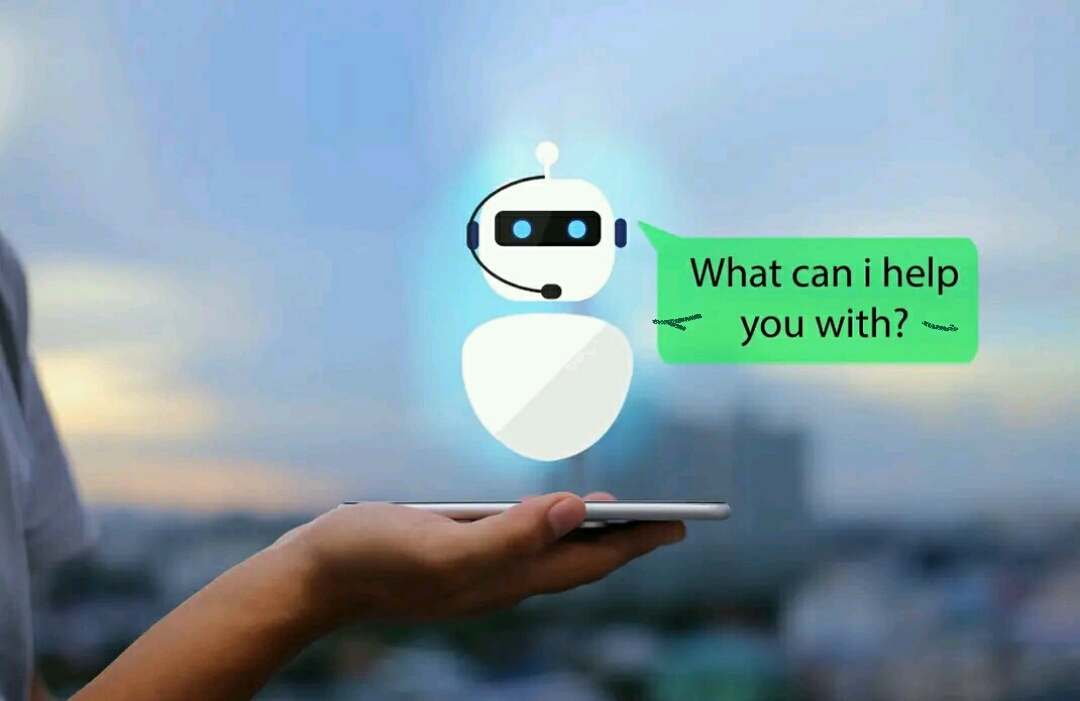
2. The Development of Virtual Assistance And Chatbots in Health Care
Virtual assistants and chatbots have become increasingly prevalent in our daily lives, revolutionizing various industries. In the healthcare sector, these technologies are making significant contributions by enhancing patient care, streamlining administrative tasks, and improving overall efficiency. This article delves into the development and applications of virtual assistants like Siri, Alexa, and Google Assistant, as well as chatbots, in the healthcare industry.
Development of Virtual Assistants and Chatbots:
Virtual assistants and chatbots are powered by artificial intelligence (AI) and natural language processing (NLP) algorithms. They have evolved from simple voice recognition systems to sophisticated conversational agents capable of understanding and responding to human queries and commands. Companies like Apple, Amazon, and Google have pioneered the development of virtual assistants like Siri, Alexa, and Google Assistant, respectively. These assistants can be integrated into smartphones, smart speakers, and other IoT devices, providing users with instant access to a wealth of information and services.
Applications in Healthcare:
Patient Engagement and Education: Virtual assistants and chatbots can play a crucial role in engaging patients and providing them with relevant healthcare information. They can offer personalized advice on managing chronic conditions, provide medication reminders, and offer lifestyle recommendations. By empowering patients with knowledge, these technologies promote self-care and encourage healthier habits.
Appointment Scheduling and Reminders: Virtual assistants and chatbots can simplify the appointment scheduling process by allowing patients to book appointments through voice or text commands. They can also send automated reminders to patients, reducing no-show rates and optimizing clinic schedules. This streamlines administrative tasks for healthcare providers, allowing them to focus on delivering quality care.
Triage and Symptom Assessment: Chatbots equipped with medical knowledge can assist in triaging patients by asking relevant questions about their symptoms. Based on the responses, the chatbot can provide initial recommendations, such as seeking immediate medical attention or scheduling a routine appointment. This helps in prioritizing care and providing guidance to patients before they reach a healthcare professional.
Medication Management: Virtual assistants can assist patients in managing their medications effectively. They can remind patients to take their medications at the right time, provide information about drug interactions and side effects, and even facilitate prescription refills. By promoting medication adherence, these technologies can improve patient outcomes and reduce healthcare costs associated with medication errors.
Mental Health Support: Virtual assistants and chatbots can provide a supportive presence for individuals struggling with mental health issues. They can offer resources for stress management, provide coping strategies, and even engage in therapeutic conversations. While they are not a substitute for professional help, they can serve as a valuable complement to existing mental health services.
Challenges and Considerations:
Despite the numerous benefits, there are several challenges and considerations when implementing virtual assistants and chatbots in healthcare. These include ensuring data privacy and security, maintaining accuracy and reliability in providing medical information, and addressing ethical concerns regarding the scope of AI-driven decision-making. Healthcare organizations must also consider user experience design to ensure that virtual assistants and chatbots are intuitive, accessible, and culturally sensitive.
Conclusion:
Virtual assistants like Siri, Alexa, and Google Assistant, along with chatbots, have immense potential in transforming healthcare delivery. They facilitate patient engagement, streamline administrative tasks, and provide valuable support to both patients and healthcare professionals. As technology continues to advance, virtual assistants and chatbots will undoubtedly play an increasingly integral role in the future of healthcare, improving accessibility, efficiency, and patient outcomes.
The Rise of Virtual Allies: Unleashing the Power of Siri, Alexa and Google Assistant in Revolutionizing Customer Service, Healthcare and Information Retrieval
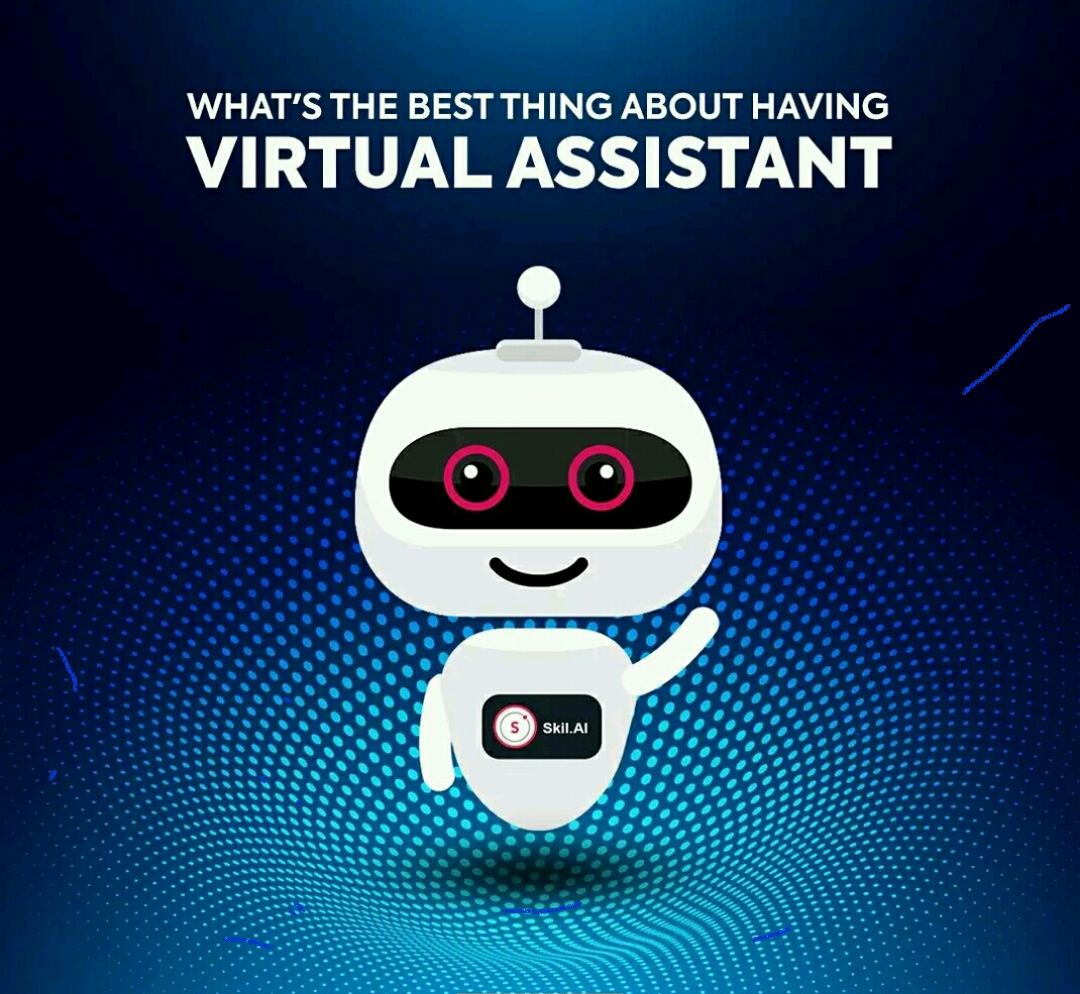
3. The Development of Virtual Assistance And Chatbots in Information Retrieval
Virtual assistants and chatbots have revolutionized the way we interact with technology. These intelligent software programs are designed to understand and respond to human queries, providing information, performing tasks, and assisting users in various domains. Virtual assistants like Siri, Alexa, and Google Assistant, along with chatbots, have become increasingly prevalent in our daily lives. In this article, we will explore the development and applications of these virtual assistants and chatbots, with a particular focus on their role in information retrieval.
Development of Virtual Assistants and Chatbots:
Virtual assistants and chatbots have evolved significantly over the years. The development of natural language processing (NLP) and machine learning techniques has played a crucial role in enhancing their capabilities. NLP enables virtual assistants and chatbots to understand and interpret human language, while machine learning allows them to learn from data and improve their responses over time.
Virtual Assistants:
Virtual assistants like Siri, Alexa, and Google Assistant are designed to be personal assistants that reside on our smartphones, smart speakers, and other devices. These virtual assistants utilize a combination of voice recognition, NLP, and cloud-based processing to understand user commands and provide relevant information or perform requested tasks. They can set reminders, make phone calls, send messages, play music, provide weather updates, and even control smart home devices.
Chatbots:
Chatbots, on the other hand, are computer programs that simulate human conversation through text or voice interactions. They are widely used in customer service, providing automated assistance and support. Chatbots can be integrated into websites, messaging platforms, and mobile applications. They leverage NLP and machine learning algorithms to understand user queries and provide appropriate responses. Chatbots can handle frequently asked questions, help with product recommendations, and facilitate transactions.
Applications in Information Retrieval:
Virtual assistants and chatbots have become indispensable tools for information retrieval. They excel in providing quick and personalized responses to user queries, making information more accessible and convenient. Here are some key applications:
Web Search: Virtual assistants can utilize search engines to retrieve information from the web. Users can ask questions or state their information needs, and the virtual assistant will provide relevant search results or directly answer the query.
Personalized Recommendations: Virtual assistants and chatbots can leverage user preferences and past interactions to offer personalized recommendations. For example, they can suggest movies, books, or restaurants based on user preferences and historical data.
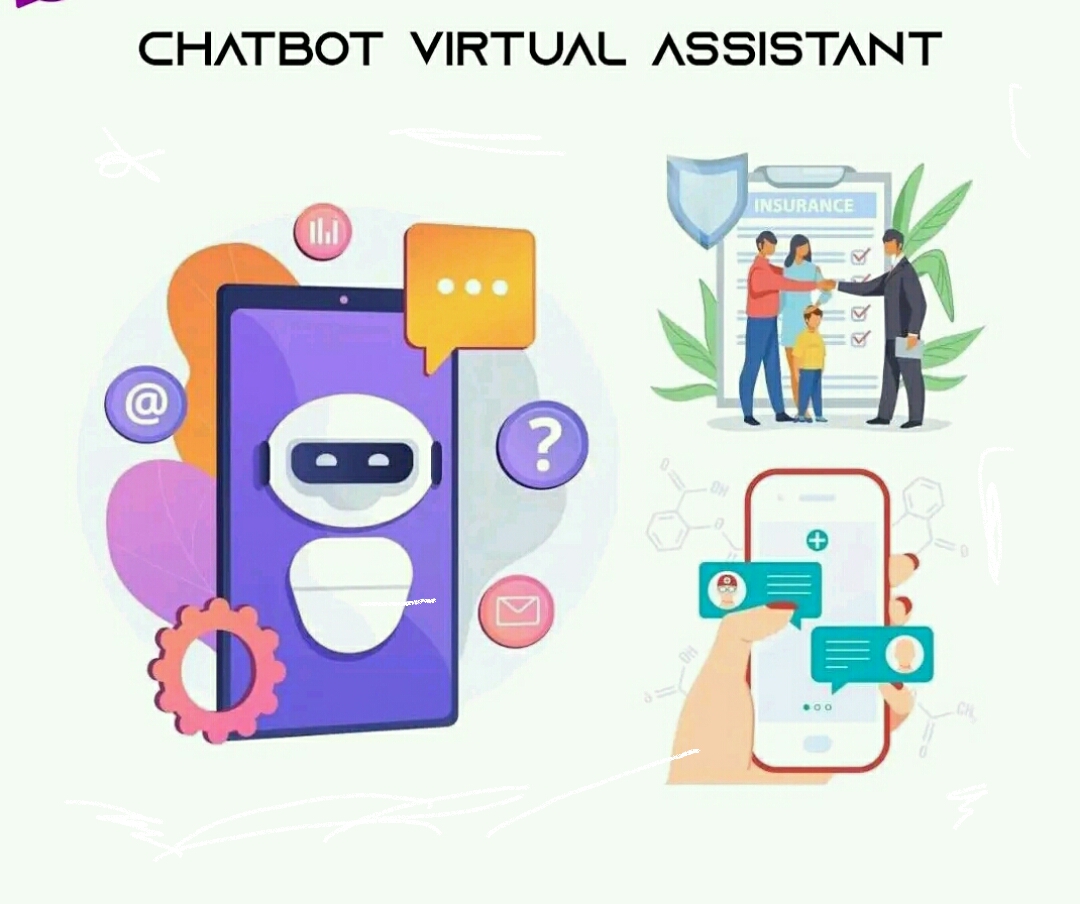
Task Automation: Virtual assistants and chatbots can automate routine tasks related to information retrieval. They can retrieve emails, schedule appointments, set reminders, and organize information, saving users valuable time and effort.
SEE ALSO : Mastering The Art of User Experience (UX) & User Interface (UI) Design : Insights & Trends
Knowledge Base Access: Chatbots can serve as conversational interfaces to access knowledge bases or databases. Users can ask questions and receive accurate and up-to-date information from these sources.
Virtual Shopping Assistants: Virtual assistants and chatbots are increasingly being used in e-commerce to assist customers with product selection, answer product-related questions, and guide them through the purchasing process.
Virtual Tour Guides: Virtual assistants and chatbots can provide information about tourist attractions, historical sites, and other points of interest. They can offer real-time updates, directions, and interesting facts to enhance the user’s experience.
SEE ALSO : The Future Unleashed: Exploring 5G Foldable Phones AR VR and AI in the Latest Mobile Tech Craze!
Conclusion:
Virtual assistants like Siri, Alexa, and Google Assistant, along with chatbots, have transformed the way we interact with technology and retrieve information. Their development, fueled by advancements in NLP and machine learning, has led to their wide range of applications. From web search and personalized recommendations to task automation and virtual shopping assistants, these intelligent agents have become integral parts of our daily lives. As technology continues to advance, we can expect virtual assistants and chatbots to further enhance their capabilities, providing even more sophisticated and personalized information retrieval experiences.
Comments are closed.